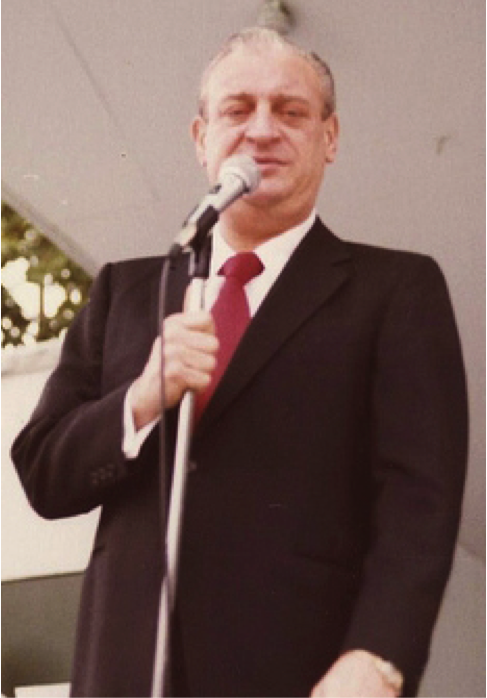Contact centers notoriously have a hard time keeping agents, and the high turnover rate often contributes to some contact centers feeling like the ugly stepsibling of the healthcare system family. The Talent Acquisition Factbook estimated that it costs nearly $4,000 to replace a new hire in 2014.
 That’s a lot of lost dough. This starts a vicious cycle where contact centers are seen as costly investments, so agents get paid less and receive fewer benefits, so training programs get smaller and less effective, so the chances of burnout and turnover increase, so…well, you get the idea. In the timeless words of Rodney Dangerfield, contact centers “don’t get no respect, no respect at all!”
That’s a lot of lost dough. This starts a vicious cycle where contact centers are seen as costly investments, so agents get paid less and receive fewer benefits, so training programs get smaller and less effective, so the chances of burnout and turnover increase, so…well, you get the idea. In the timeless words of Rodney Dangerfield, contact centers “don’t get no respect, no respect at all!”
It doesn’t have to be this way.
To put a stop to the vicious cycle, healthcare systems should treat contact centers and their agents like the valued members of the team that they are. Great people who contribute to high morale and employee engagement form the foundation of any great team. Having quality employees in the contact center makes all the difference and can mean savings of millions of dollars. Yes, we said “millions.” Hiring and keeping good employees mean higher patient satisfaction, it means keeping costs low; it means turning the contact center into a revenue generator. But how do you find those good people who make good agents?
Our own Ultimate Agent™ program answers that question, and it starts with recruitment. Begin by creating a solid recruitment plan. Surprisingly, this doesn’t start by asking the “Where to Look?” or worse, “Posting and Praying.” It starts by looking inward at the contact center agent role and analyzing the job description. Is it clear about the actual role and duties of an agent? Or is it filled with generic statements that could be applied to any entry-level position? Ensuring that a job seeker actually understands what the position entails and what skills are needed means people will have clear expectations when they apply. This leads to fewer agents leaving soon after being hired due to misunderstandings about what a contact center agent does.
Next, pay well. Salary matters, and it’s important to make sure your employees’ pay is on the level of your competitors. Keeping employees around and lowering the turnover rate pays off in the end. According to a Frost & Sullivan blog post, it was estimated that the total cost per agent turnover could be 60-70% of the annual salary of a new agent. Do the math. Paying a little bit more to keep agents in the contact center means avoiding the high cost of turnover. It can also drive employee morale and engagement. Show and tell agents how important they are to the organization.
And here we arrive, at last, to the question mentioned earlier: where to look? Our answer: recruit smarter, not harder. A TMC Net post said, “Targeted recruiting methods reduce recruitment costs, as well as lower turnover, by improving the applicant to hire ratio and sources applicants that are a better fit for the job.” Form partnerships with local education programs and schools that focus on the necessary skills to be successful in the contact center. Find veteran job fairs in the area and go. Use the right keywords when posting on job sites. Spending time to find quality recruits is worth your while.
Finally, and most important, always be hiring. Always. As in, right now. And tomorrow. And next month. Don’t wait for a vacancy to start looking. That would prolong the process and mean more days with an empty seat in the contact center, leaving the remaining agents to pick up the slack and shoulder the burden. Instead, build a list of viable candidates ready when you need them. Keep resumes on hand and remember to return to them.
It sounds more daunting than it is. Once you have these practices and processes in place, smart recruiting won’t be overwhelming at all. It will be second nature, and your patients, employees, and bottom line will thank you for it.